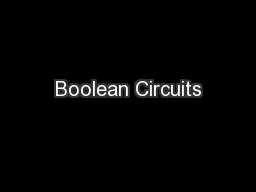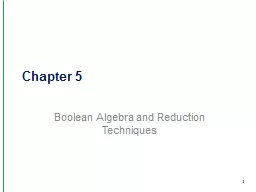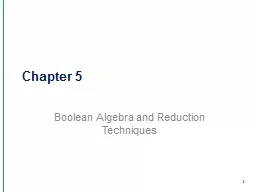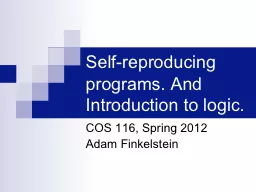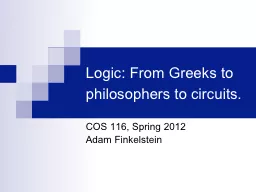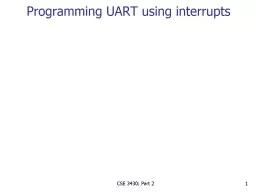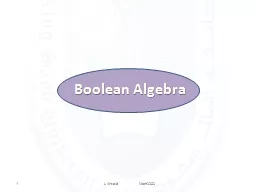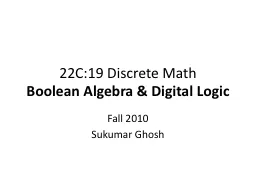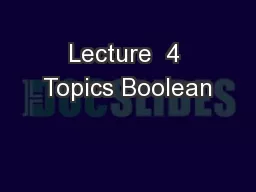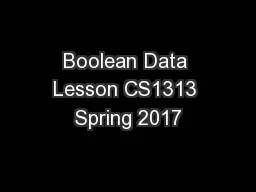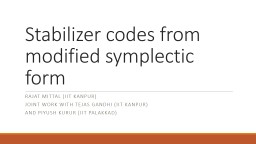PPT-Boolean Circuits
Author : briana-ranney | Published Date : 2017-04-27
of DepthThree and Arithmetic Circuits with General Gates Oded Goldreich Weizmann Institute of Science Based on Joint work with Avi Wigderson Original title
Presentation Embed Code
Download Presentation
Download Presentation The PPT/PDF document "Boolean Circuits" is the property of its rightful owner. Permission is granted to download and print the materials on this website for personal, non-commercial use only, and to display it on your personal computer provided you do not modify the materials and that you retain all copyright notices contained in the materials. By downloading content from our website, you accept the terms of this agreement.
Boolean Circuits: Transcript
Download Rules Of Document
"Boolean Circuits"The content belongs to its owner. You may download and print it for personal use, without modification, and keep all copyright notices. By downloading, you agree to these terms.
Related Documents

